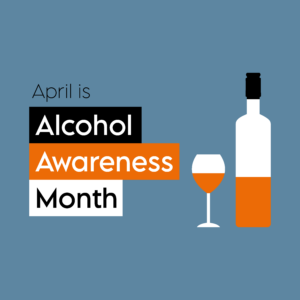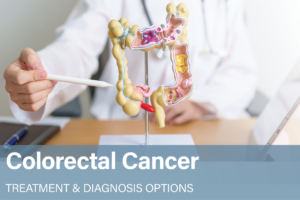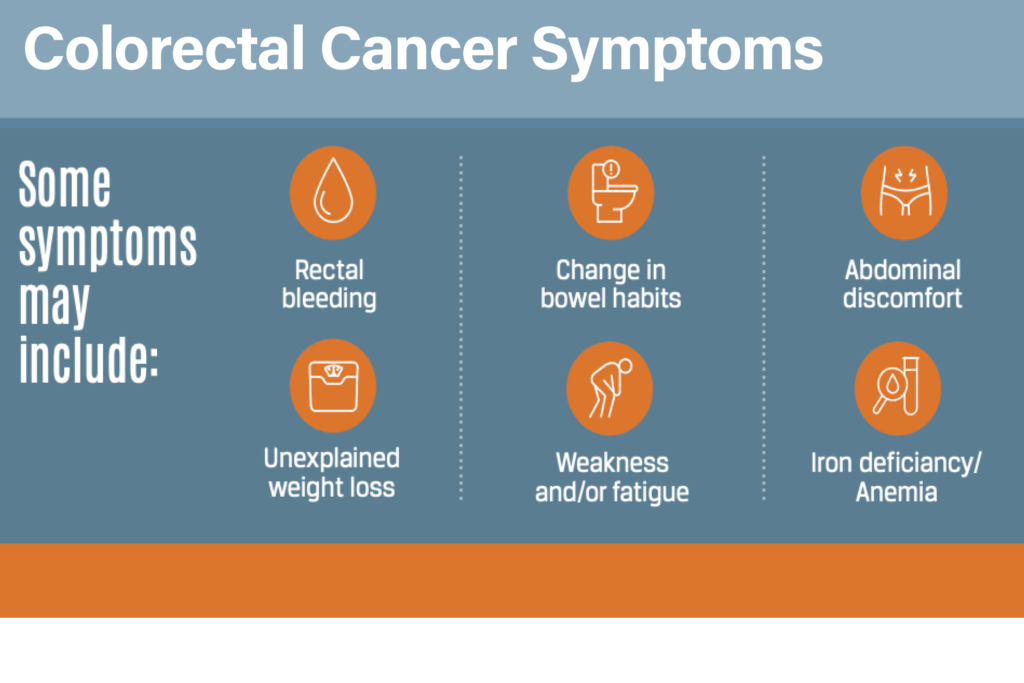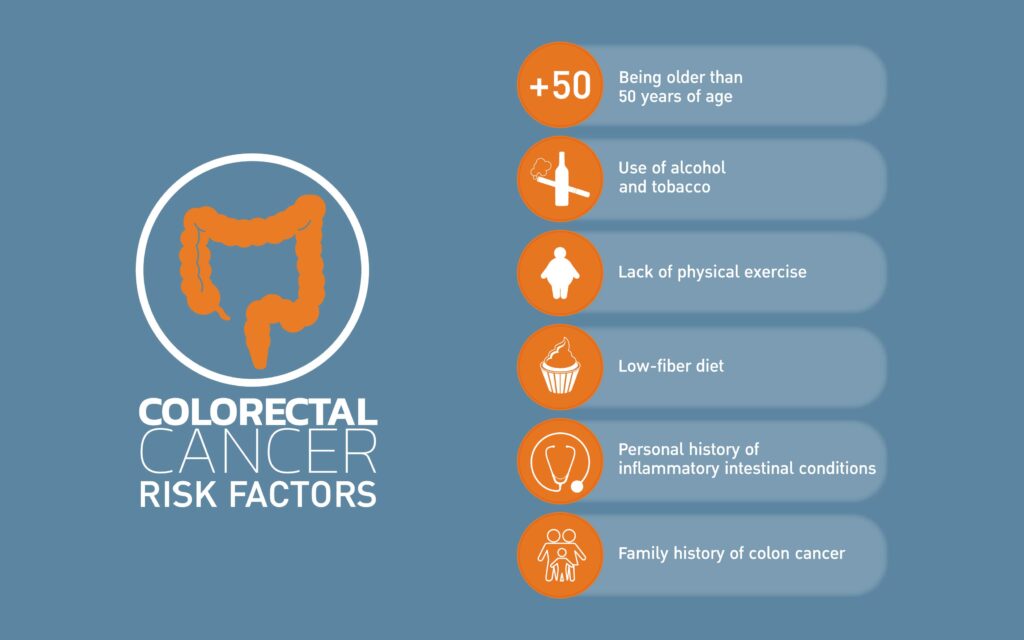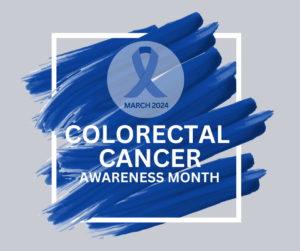Diagnosing and treating head and neck cancer requires a multidisciplinary approach involving various healthcare professionals, including oncologists, surgeons, radiologists, and pathologists. In this blog, we’ll explore the process of diagnosing head and neck cancer and the different treatment options available.
Diagnosis: The diagnosis of head and neck cancer typically begins with a thorough medical history and physical examination, including a detailed evaluation of the head and neck region. Additional tests may be ordered to confirm the diagnosis and determine the extent of the disease, including imaging studies (such as CT scans, MRI, or PET scans), endoscopy, and biopsy.
Treatment: Treatment for head and neck cancer depends on several factors, including the type and stage of the disease, as well as the patient’s overall health and treatment preferences.
Treatment options may include:
- Surgery: Surgical removal of the cancerous tumor may be recommended for early-stage head and neck cancers.
- Radiation therapy: High-energy radiation beams are used to kill cancer cells and shrink tumors.
- Chemotherapy: Anti-cancer drugs are used to kill cancer cells or stop them from growing and dividing.
- Targeted therapy: Drugs that target specific molecular pathways involved in cancer growth and progression may be used in certain cases.
- Immunotherapy: Drugs that help the immune system recognize and attack cancer cells may be used to treat certain types of head and neck cancer.
Diagnosing and treating head and neck cancer requires a coordinated effort among healthcare providers and a personalized approach tailored to each patient’s unique needs. By raising awareness of the importance of early detection and treatment, we can improve outcomes and support individuals affected by head and neck cancer.




